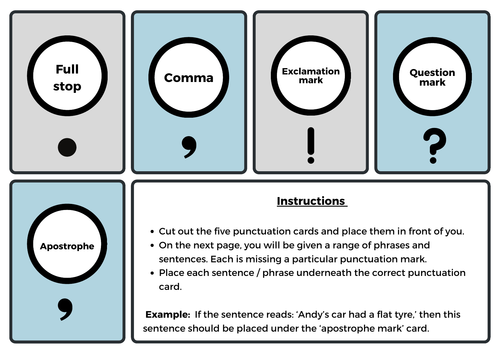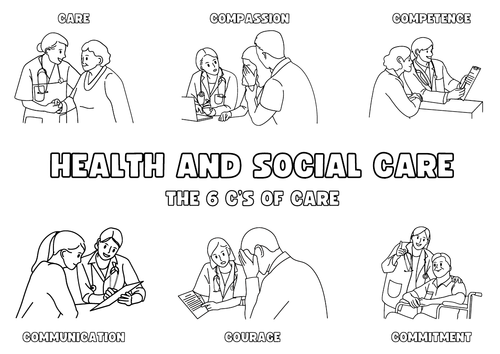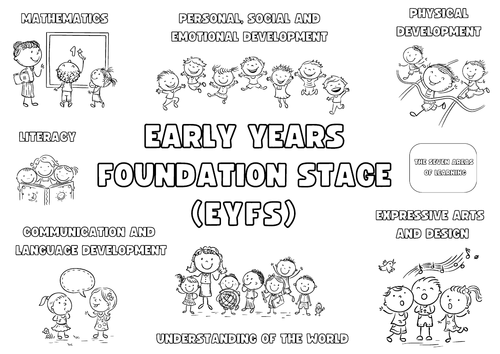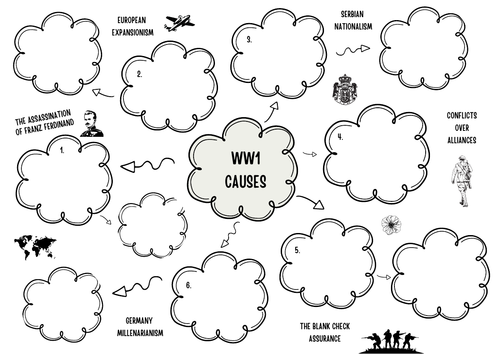620Uploads
171k+Views
47k+Downloads
All resources

Functional Skills English Entry Level 3 - Writing Practice Assessment Questions C&G
Based on the City and Guilds criteria. This booklet has a four activities to help E3 students prepare for their writing assessment. This is not a copy of the assessment and is structured slightly differently.
Activity 1: Place the following words in alphabetical order (list of four words).
Activity 2: Write the plural of the words in bold (list of four words).
Activity 3: Write the correct spellings for the following words (six incorrect spellings taken from the spelling criteria booklet).
Activity 4: Writing Activity - write an email to your local food bank to express your interest in volunteering (planning space and writing template included).

Functional English Skills Level 1 Report Writing Recap PPT and Activity with Structure Template
This resource has been created for L1 learners. This is a recap session and has a short overview of how to write and structure a report. This was created for my learners after they had learnt how to format the text. This is not a full lesson ( I have a full report lesson available on my online store).
This purchase include:
A resource that includes a report sample assessment question, a report writing template and two blank writing pages
An 8 page PPT that contains a summary of the following: how to structure and format a report, planning to answer the assessment question and how to peer assess another peer’s work.

Functional English Skills Instructional Writing Module PPT E3 / L1 City and Guilds
This is a 16 page PowerPoint which helps E3 / L1 learners to understand how to write a set of instructions for their writing assessment. This is step-by-step guide with a writing tasks included on the last slide.
It is based on the City and Guilds assessment, but can be amended for other examination boards.
The PowerPoint includes:
What is instructional writing?
Instructional structure and format
How to write instructions: title, introduction, list of items needed, step-by-step instructions,
A white board short task based on use of time connectives, imperative verbs and adverbs
Layout of a instructions plus an example WAGOLL
How to expand your instructions and aN EXAMPLE
Nine instruction writing questions to choose from
An instruction writing template planning sheet is included.

Knife Crime / Safety Colour in Sheets Posters Slogans PSHE / Tutor Time
Knife crime colouring in sheets

Stereotyping Equality and Diversity Lesson / Workbook AIM Level 2 PPT. PSHE
This lesson is based on the AIM Level 2 qualification; Equality and Diversity.
It is 1.5 hour lesson that covers the assessment criteria 4.4 and 4.5:
To understand the impact of stereotyping on equality and diversity
To understand ways in which stereotyping can be challenged
The lesson consists of the following:
An overview of the lesson’s objectives
Overview and class input on the following:
What is a stereotype?
Common Types of Stereotypes
Negative Stereotypes
How do we challenge stereotypes?
Stereotyping in the media
Examples of stereotypes
Age Stereotypes: Representation of Teenagers in the Media
Students to watch five British TV / movie clips, looking at the portrayal of teenagers in the media. The aim is to recognise how teenagers are depicted in the British media
PLEASE NOTE: These clips may not be suitable for students under the age of fifteen years old, as they contain swear words / sexual references ( The Inbetweeners, Little Britain, Skins, Kidulthood and Kevin and Perry).
Group Task: write a short essay on how you feel teenagers are represented in the media. You can use examples from TV shows, newspapers or other forms of media. You need to give your opinion on how you feel teenagers are represented and whether this is a positive or negative representation.
Workbook provided which meets the assessment criteria.

Equality and Diversity Lesson / Workbook - Discrimination / Inequality - AIM Level 2
This lesson is based on the AIM Level 2 qualification; Equality and Diversity.
A 45 minute lesson that covers the assessment criteria 4.3 and 4.4:
To understand the difference between inequality and discrimination
To understand how to assess the possible effects of discrimination on individuals, organisations and communities
The lesson consists of the following:
An overview of the lesson’s objectives
Understanding the term ‘Inequality’
Understanding the term ‘diversity’ with examples of protected characteristics
Examples of discrimination and a question that asks the group for examples of discrimination
An explanation of the difference between inequality and discrimination with a detailed example
An overview of the effects of discrimination on a person’s mental health?
Overview of the effects of discrimination on individuals
Overview of the effect of discriminations on organisations
Overview of the effect of discriminations on society
Group task: Watch the following videos and write down ways in which the following groups of people were discriminated against:
Why were these groups discriminated against?
In what ways were these groups discriminated against?
(video links are in the notes section on the PPT)
A booklet is provided for the students to work through which help them meet the assessment criteria and follows the PowerPoint.

Functional English Skills Narrative Writing Module PPT with Task Booklet
This is a 16 page PowerPoint which helps L1 / L2 learners to understand how to write narrative for their writing portion of their assessment. This is step-by-step guide with a writing task attached.
It is based on the City and Guilds assessment, but can be amended for NCFE.
The PowerPoint includes:
What is a narrative?
Narrative structure
Narration
Tense
Description writing
Narrative Structure Overview: Title, Introduction, Min Body and Conclusion
Layout of a narrative plus an example WAGOLL
Narrative writing task question
Narrative template

Valentine's Day Themed Bingo Game (3X3) February 14th Activity X 18 Cards
Valentine’s Day Themed Bingo Game ( 3X3)
Instructions: Cut out the words on the grid sheet and place them inside a container. Give each player a bingo card ( cut out each bingo card ). As you draw a word from the container, ask the players to cross them out on their grid sheet. The first player who gets 3 in a row, wins!

Equality and Diversity AIM Level 2 Lesson / Workbook - Equality, Inequality and Social Inequality
This lesson is based on the AIM Level 2 qualification; Equality and Diversity.
It is an hour lesson that Covers the assessment criteria 1.1: Define the term Equality
The lesson consists of the following:
An overview of the lesson’s objectives
Group question: What do you think of when you think of the term ‘equality?’
Understanding the Term ‘Equality’ definition
Understanding the Term ‘Inequality’ definition
Group Question: look at the images on the right side of the slide: what do you think each image represents?
Overview and examples of the following inequalities: age, gender and race
Task: Create either a poster, leaflet or fact file that gives information about one type of social inequality that you have learnt about today. You will need to need to provide an overview of your topic, as well as providing your audience with relevant information that can include facts and statistics.
A booklet is provided for the students to work through which will meet this criteria.

LGBTQIA+ Themed Pride Bingo Game ( 3X3) Pride Month Activity X 18 Cards
LGBTQIA+ Themed Bingo Game ( 3X3)
Instructions: Cut out the words on the grid sheet and place them inside a container. Give each player a bingo card ( cut out each bingo card ). As you draw a word from the container, ask the players to cross them out on their grid sheet. The first player who gets 3 in a row, wins!

Music Dingbats Quiz Lesson Filler - 12 Question - Singers and Bands
Dingbat clues are made up of numbers, letters words and symbols.
Learners will aim to discover the meaning of each clue, which with either reveal the name of a popular band or singer.
Example: PAlinkRK = Linkin Park ( boy band)
Get learners to write their answers in the boxes provided.
Answers provided

Mental Health Mindful Colouring Activity Posters: Lesson Fillers Positive Thinking X 15
15X positive mental health colouring worksheets.

Punctuation Matching Game// Activity: Lesson Starter Primary / E3 Functional English Skills Cards
**Instructions **
Cut out the five punctuation cards and place them in front of you.
On the next page, you will be given a range of phrases and sentences. Each is missing a particular punctuation mark.
Place each sentence / phrase underneath the correct punctuation card.
Example: If the sentence reads: ‘Andys car had a flat tyre,’ then this sentence should be placed under the ‘apostrophe mark’ card.

Childcare EYFS : 18 Debate Topics: Breast feeding, Funding, Working Mothers, EYFS Settings etc...
A great resource. Debate topics can be used as lesson starters or this resource can be used as a lesson.
A 34 page PowerPoint and 2 X word documents.
This pack includes includes:
18 debate topics
1 debate planning form
4 X four corner debate posters
The PPT gives detailed ideas of four different ways to implement your debate.

Functional Skills Mathematics Posters Level 1 - A3 Assessment Overview, BODMAS, Multiplication...
This resource consists of nine posters.
Overview of L1 Assessment which is based on the City and Guilds criteria
BODMAS poster
BIDMAS poster ( identical to the first one but replaces ‘order’ with ‘indices’
Multiplication chart poster
Fractions, Percentages and Decimals poster
Mean, median, mode and range poster
Measurements poster
3D shapes poster
Poster reading: Functional Maths Skills Level 1

Health & Social Care 6 C's of Care Poster / Colouring in Sheet / Lesson Filler
An A4 poster which includes the 6 C’s of care. Useful as a colouring activity / lesson filler.

EYFS Seven Areas of Learning Colouring In Page / Poster College Course Lesson Filler
A colouring page based on the 7 areas of learning of the EYFS.
A great lesson filler for students

Humanities Colouring Subject Icon Poster. Law. History. Sociology. Political Science
An A4 colouring sheet / poster

Mind Maps - World War One Cause, Main Issues & People Task - History / Humanities
Mind map sheets that give learners an alternative way to present their work.
Get your pupils to research the causes, main issues and notable people of WW1.
Four sheets provided - Two of the sheets are designed for information on the main issues of WW1. One sheet has noted down six causes for learners to research and the other one is blank.




















